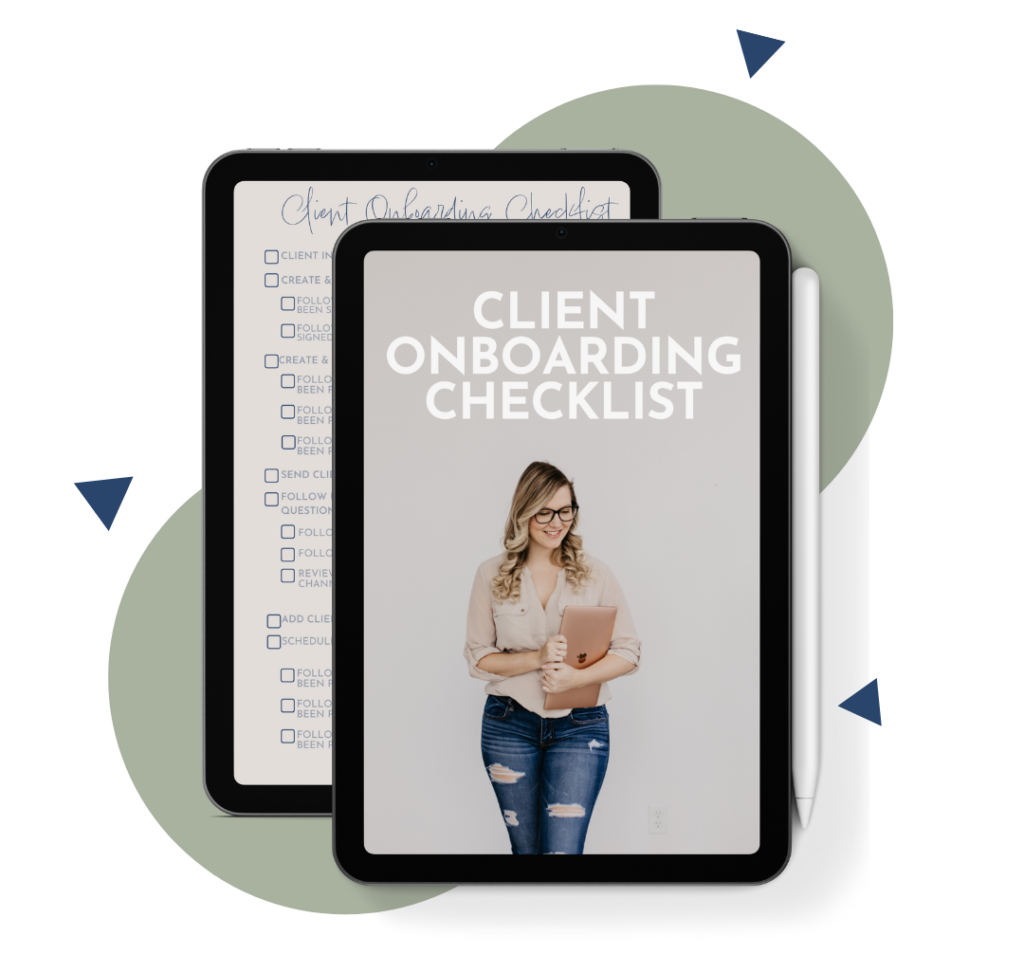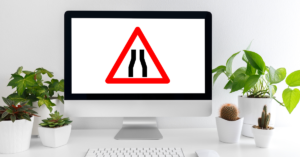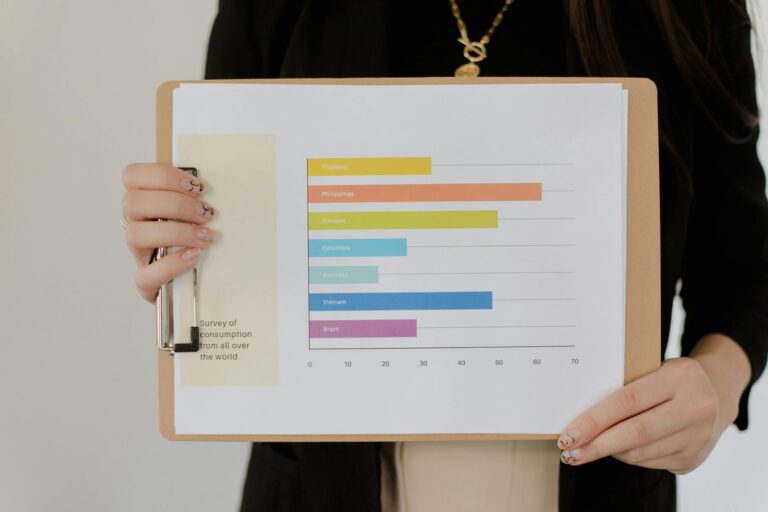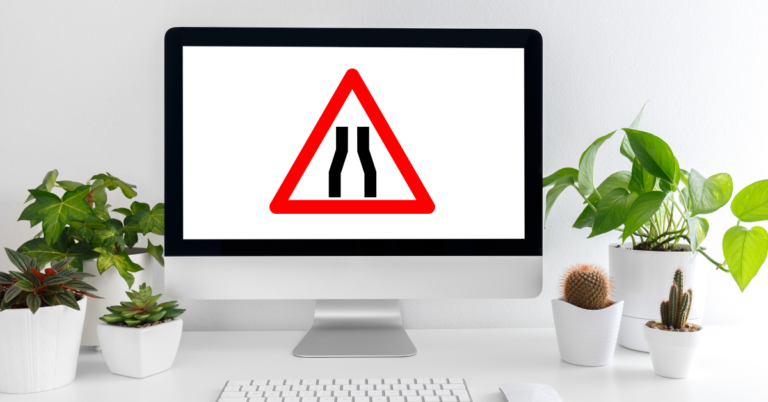
How to Improve Your Follow-Up Process
What do you think about when you hear the word “follow-up?”
Do you imagine a general “thank you” for visiting, subscribing, or showing interest? Or, maybe the message is more personal and filled with discounts and other goodies.
Either way, you’re technically correct.
Why is a Follow-Up so Important?
A follow-up is when you reach out to a potential client after they’ve shown interest in your business, and it’s one of the most important things you can do.
You see, most clients won’t decide to work with you unless you’ve reached out at least once. Sometimes, it may take reaching out more than once. It can take up to seven (yes, seven) times! That’s because they need time to weigh their options, and you want to give them that time without letting them forget about you.
Plus, your follow-ups are a great way to prove that you’re true to your word. For example, if you tell them you’ll follow up with an email in two days, that’s what you do. Not only will it build a sense of trust, but it will also make your potential client feel appreciated and valued.
How to Improve Your Follow-Up Process
However, a solid follow-up process is more than just a “thank you, here’s an incentive.”
Instead, here are three ways to improve your follow-up process and keep your potential clients coming for more!
Have a Follow-Up Process
If you don’t already have a follow-up process, now is the time to make one. Use it to outline the steps you need to take, the timing, what needs to be automated and personalized, etc.
Set Up Automated Emails and Proposals
After you get off your discovery call (or DM, Email- however you communicated with your potential client), you’ll want to set up some automated emails and proposals to go out in well-timed intervals.
For example, if you set automatic email reminders for 3, 7, 14, and 30 days, you’ll have plenty of time to personalize and adjust them before they go out.
Automated proposals are a bit trickier as they require a CRM or proposal system (like Dubsado), but you can still automate them to go out when needed.
By automating these elements, you can take some of the stress off your plate and focus on the client instead of the hardware.
Get Personal
During the get-to-know-you phase, take note of anything that stands out as interesting or exciting in your client’s life. Then, use that information to your benefit.
For example, maybe they mentioned an upcoming birthday. You can use that information to personalize a special message and schedule it to go out at the appropriate time.
You can also do this with holidays, promotions, family events- anything the client cares about. Not only will they feel special, but it’s also proof that you listen and care about your clients- making them more willing to work with you.
Track Your Leads
Now for the fun part.
Tracking your leads will not only keep you organized- but it will also lessen your workload by giving you all the information you need at a glance.
And that’s especially true if you take advantage of my Follow-Up Process Template.
With my template, you can track the number of leads, methods of communication, time schedules, follow-ups, and more.
Imagine- every lead organized from start to finish, with room to track them after the work is through- for only $14.
It’s a one-stop shop for all your follow-up needs, so click the link above and grab your copy today!
Final Thoughts
Your follow-up process is more than a “thank you” to potential clients. It’s a well-crafted process that builds trust, garners interest, and makes your client feel special.
Therefore, with these tips (and a handy template!), you’ll soon have the follow-up process of your- and your client’s- dreams.
Pin This Post

Meet Bai-Leigh
OBM & Systems Strategist
It’s time to strategize, scale, and skyrocket with systems. I’ve made it my mission to help simplify and streamline online businesses using the best systems and processes for you, the business owner.
I have helped over 100+ businesses scale their business using efficient and repeatable systems so that they can continue with their zone of genius while I take care of the rest.
From processes, systems, efficiencies, and automations – I do it all. If you’re looking for a strategic partner then you’ve come to the right place.
Interested in getting started? You can book a FREE Discovery Call below!

Client Onboarding Checklist
Provide your client with an automated and seamless experience – every time with this Client Onboarding checklist.
It covers all of the basic parts of onboarding and a few pieces to make onboarding stand out.
If you want to have clients buzzing about your onboarding you need this checklist.
Recent Posts


Budget Friendly Ideas for Generating Leads

How to Find and Solve Bottlenecks in Your Processes
Related Posts

How to Create a Case Study
Case studies are fantastic pieces of marketing that every business should use, and you can create and use them in a hundred different ways.

How to Find and Solve Bottlenecks in Your Processes
Bottlenecks are annoying spots in your processes that can cause general chaos within your business. Here’s how to fix them.

Secrets to Effective Discovery Calls with Clients
I use this exact method for my discovery calls and have an 82% conversion rate because of it. Now, you can, too!


